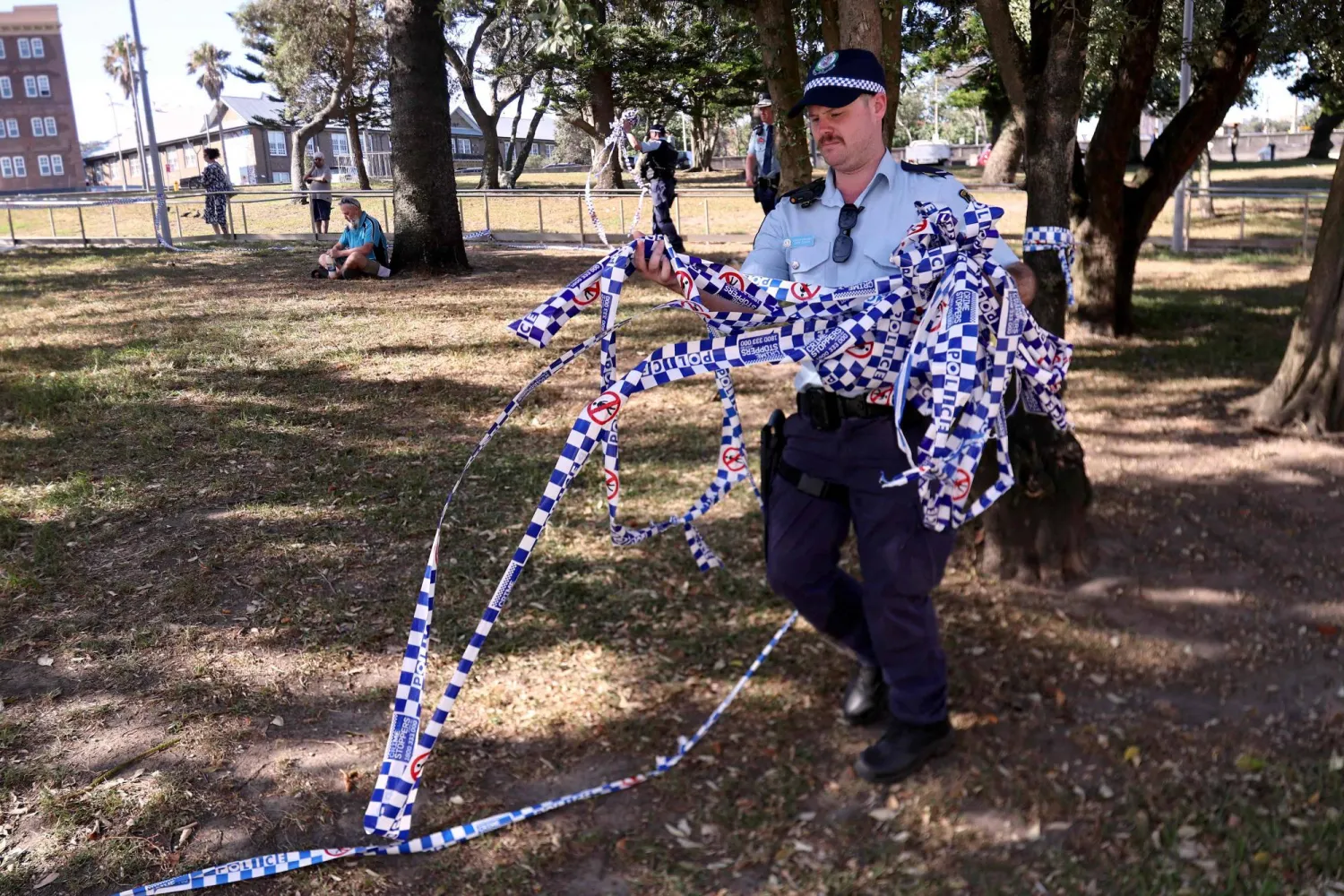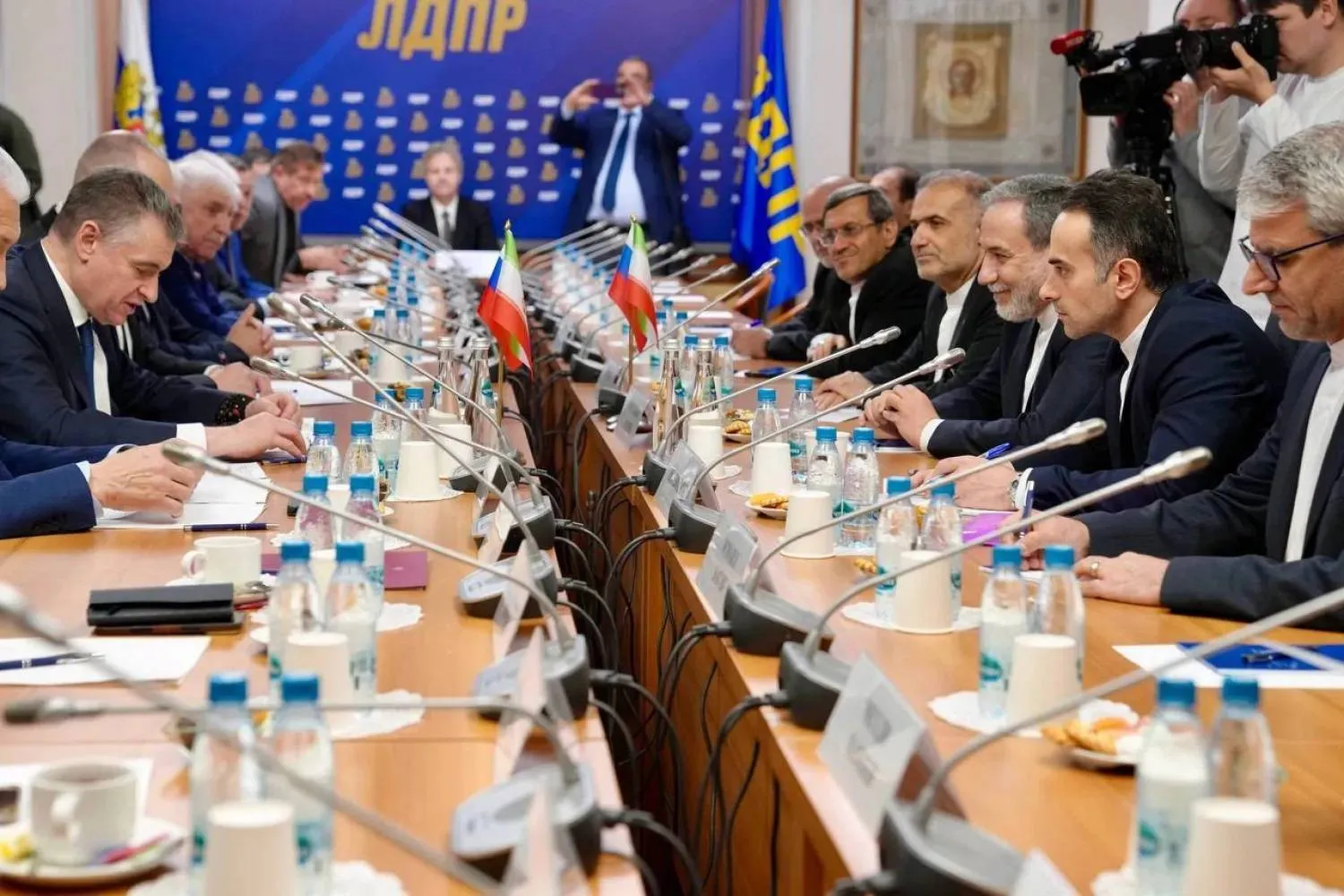A man who allegedly opened fire on a Jewish Hanukkah celebration on Sydney's famed Bondi Beach has been charged with 59 offences, including murder and terrorism, police said on Wednesday.
The alleged father-and-son perpetrators opened fire on the celebration at Sydney's famed Bondi Beach on Sunday, killing 15 in an attack that shook the nation and intensified fears of rising antisemitism and violent extremism.
Funerals of the Jewish victims of the attack began on Wednesday, amid anger over how the gunmen - one of whom was briefly investigated for links to extremists - were allowed access to powerful firearms.
Sajid Akram, 50, was shot dead by police at the scene, while his 24-year-old son Naveed Akram emerged from a coma on Tuesday afternoon after also being shot by police.
New South Wales Police said on Wednesday that a man had been charged with 59 offences, including 15 counts of murder, 40 counts of wounding with attempt to murder, as well as a terror offence and other charges.
"Police will allege in court the man engaged in conduct that caused death, serious injury and endangered life to advance a religious cause and cause fear in the community," it said in a statement.
"Early indications point to a terrorist attack inspired by ISIS, a listed terrorist organization in Australia."
A court filing on Wednesday named Naveed Akram, who remains in a Sydney hospital under heavy police guard, as the man charged.
He will appear via video link before a local court on Monday morning.
The father and son had travelled to the southern Philippines, a region long plagued by militancy, weeks before the shooting that Australian police said appeared to be inspired by ISIS.
US President Donald Trump told a Hanukkah event at the White House late on Tuesday that he was thinking of the victims of the "horrific and antisemitic terrorist attack".
"We join in mourning all of those who were killed, and we're praying for the swift recovery of the wounded," he said.
STATE GOVERNMENT TO PASS GUN REFORMS
The leader of the Australian state of New South Wales said on Wednesday he will recall parliament next week to pass wide-ranging reforms of gun and protest laws, days after the country's deadliest mass shooting in three decades.
Chris Minns, the Premier of New South Wales state where the attack took place, told a news conference parliament would return on December 22 to hear "urgent" reforms, including capping the number of firearms allowed by a single person and making certain types of shotguns harder to access.
The state government will also look at reforms making it harder to hold large street protests after terror events, in order to prevent further tensions.
"We've got a monumental task in front of us. It's huge," he said.
"It's a huge responsibility to pull the community together. I think we need a summer of calm and togetherness, not division."
FUNERALS FOR JEWISH VICTIMS BEGIN
A funeral for Rabbi Eli Schlanger, an assistant rabbi at Chabad Bondi Synagogue and a father of five, was held on Wednesday. He was known for his work for Sydney’s Jewish community through Chabad, a global organization fostering Jewish identity and connection.
Schlanger would travel to prisons and meet with Jewish people living in Sydney's public housing communities, Jewish leader Alex Ryvchin said on Monday.
Prime Minister Anthony Albanese is facing criticism that his center-left government did not do enough to prevent the spread of antisemitism in Australia during the two-year Israel-Gaza war.
"We will work with the Jewish community, we want to stamp out and eradicate antisemitism from our society," Albanese told reporters.
The government and intelligence services are also under pressure to explain why Sajid Akram was allowed to legally acquire the high-powered rifles and shotguns used in the attack.
The government has already promised sweeping reforms to gun laws.
Naveed Akram, meanwhile, was briefly investigated by Australia's domestic intelligence agency in 2019 over alleged links to ISIS, but there was no evidence at the time he posed a threat, Albanese said.
MAN PRAISED AS HERO TO UNDERGO SURGERY
Albanese said Ahmed al-Ahmed, 43, the man who tackled one of the shooters to disarm his rifle and suffered gunshot wounds, was due to undergo surgery on Wednesday.
Al-Ahmed's uncle, Mohammed al-Ahmed in Syria, said his nephew left his hometown in Syria's northwest province of Idlib nearly 20 years ago to seek work in Australia.
"We learned through social media. I called his father and he told me that it was Ahmed. Ahmed is a hero, we're proud of him. Syria in general is proud of him," the uncle told Reuters.
The family of 22-year-old police officer Jack Hibbert, who was shot twice on Sunday and had been on the force for just four months, said in a statement on Wednesday he had lost vision in one eye and faced a "long and challenging recovery" ahead.
"In the face of a violent and tragic incident, he responded with courage, instinct, and selflessness, continuing to protect and help others whilst injured, until he was physically no longer able to," the family said.
New South Wales Premier Minns said 23 people were still in several Sydney hospitals.
HOLOCAUST SURVIVOR AMONG VICTIMS
Other shooting victims included a Holocaust survivor, a husband and wife who first approached the gunmen before they started firing, and a 10-year-old girl named Matilda, according to interviews, officials and media reports.
Matilda's father told a Bondi vigil on Tuesday night he did not want his daughter's legacy to be forgotten.
"We came here from Ukraine ... and I thought that Matilda is the most Australian name that can ever exist. So just remember the name, remember her," local media reported him as saying.
In Bondi on Wednesday, swimmers gathered on Sydney's most popular beach and held a minute's silence. A New Year's Eve party due to be held on the beach was cancelled by organizers.
"This week has obviously been very profound, and this morning, I definitely feel a sense of the community getting together, and a sense of everyone sitting together," Archie Kalaf, a 24-year-old Bondi man, told Reuters. "Everyone's grieving, everyone's understanding and processing it in their own way."









